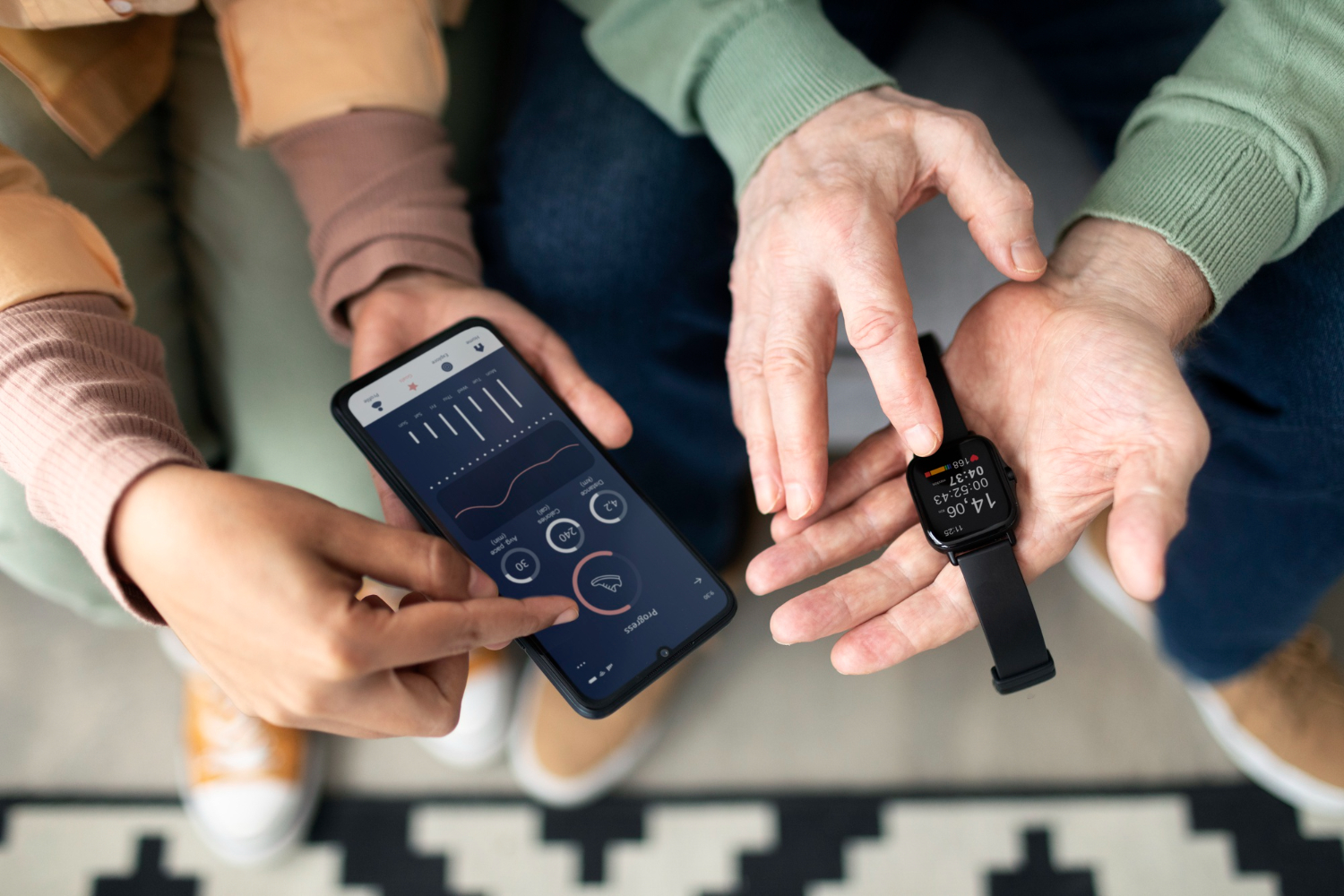
Understanding Atrial Fibrillation and Wearable Detection
Atrial fibrillation (AFib) represents one of the most common cardiac arrhythmias affecting millions worldwide, characterized by irregular and often rapid heart rhythms that can lead to serious complications including stroke and heart failure. As wearable technology advances, numerous smartwatch manufacturers have introduced AFib detection capabilities, promising users the ability to monitor their heart health continuously throughout daily activities.
The proliferation of these devices raises a critical question: how reliable are smartwatches in detecting this potentially dangerous heart condition? With consumer health monitoring becoming increasingly sophisticated, understanding the accuracy of these devices has become essential for both patients and healthcare providers making informed decisions about cardiac care.
The Comprehensive Meta-Analysis Study
A groundbreaking meta-analysis published in October in JACC: Advances addressed this question systematically by examining the diagnostic performance of various smartwatch brands. The research team reviewed 28 separate studies encompassing an impressive 17,349 patients, providing one of the most comprehensive evaluations of wearable AFib detection technology to date.
This large-scale analysis evaluated seven major smartwatch brands and models, comparing their performance across two critical diagnostic metrics: sensitivity and specificity. These measurements provide different but equally important insights into how well each device performs in real-world cardiac monitoring scenarios.
Sensitivity Rankings: Which Watches Catch AFib Best
Sensitivity measures a device’s ability to correctly identify AFib when it is actually present—essentially answering the question: “When someone has AFib, how often does the watch detect it?” Higher sensitivity means fewer missed cases, which is crucial for patient safety.
Top Performers in Sensitivity
Amazfit led the rankings with an exceptional 99% sensitivity rate, meaning it successfully detected AFib in 99 out of 100 cases where the condition was present. Close behind, Seiko Epson PWM achieved 98% sensitivity, demonstrating remarkable accuracy in identifying the arrhythmia.
Two major brands tied for third place: both Garmin Forerunner and Samsung smartwatches achieved 97% sensitivity rates, indicating highly reliable AFib detection capabilities. The popular Apple Watch secured fifth position with 94% sensitivity—still an impressive rate that catches the vast majority of AFib episodes.
Lower Sensitivity Performers
Withings ScanWatch recorded 89% sensitivity, while Fitbit devices showed the lowest sensitivity at 66%, meaning they missed approximately one-third of AFib cases—a significant gap that could have important clinical implications.
Specificity Rankings: Avoiding False Alarms
Specificity measures a device’s ability to correctly identify when AFib is NOT present, addressing the question: “When someone doesn’t have AFib, how often does the watch correctly show normal rhythm?” High specificity reduces false alarms that could lead to unnecessary anxiety and medical visits.
Specificity Leaders
Amazfit again dominated with 99% specificity, matching its sensitivity performance. Garmin Forerunner achieved 98% specificity, while Apple Watch recorded 97%, demonstrating excellent ability to avoid false positive readings.
Samsung (96% specificity) and Withings ScanWatch (95% specificity) also performed admirably in minimizing false alarms. Seiko Epson PWM showed 91% specificity, and Fitbit again ranked lowest with 79% specificity, indicating more frequent false positive results.
Understanding the Clinical Significance
The balance between sensitivity and specificity reflects important trade-offs in medical device design. Amazfit’s achievement of 99% in both metrics represents near-ideal performance, combining excellent detection capabilities with minimal false alarms. Apple Watch’s strong performance (94% sensitivity, 97% specificity) demonstrates why it has gained significant traction in cardiac monitoring applications.
Conversely, Fitbit’s lower scores suggest users might experience both missed AFib episodes and more frequent false alarms—factors that could impact the device’s clinical utility for serious cardiac monitoring despite its popularity for general fitness tracking.
What These Results Mean for Consumers
For individuals considering smartwatches for cardiac monitoring, these findings provide valuable guidance. Those with higher AFib risk or family history might prioritize devices with superior sensitivity like Amazfit or Seiko Epson PWM. Meanwhile, users concerned about excessive false alerts might favor devices with high specificity scores.
Healthcare providers can also reference these findings when discussing wearable cardiac monitoring options with patients, helping them select devices that best match their medical needs and risk profiles.
The Future of Wearable Cardiac Monitoring
This meta-analysis represents a significant milestone in validating consumer wearable technology for medical applications. As algorithms improve and sensor technology advances, we can expect even greater accuracy from future smartwatch generations, potentially transforming how we detect and manage cardiac arrhythmias in everyday life.
Discover the latest Provider news updates with a single click. Follow DistilINFO HospitalIT and stay ahead with updates. Join our community today!


Leave a Reply